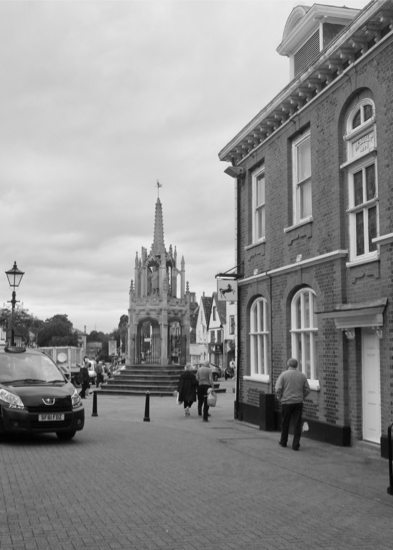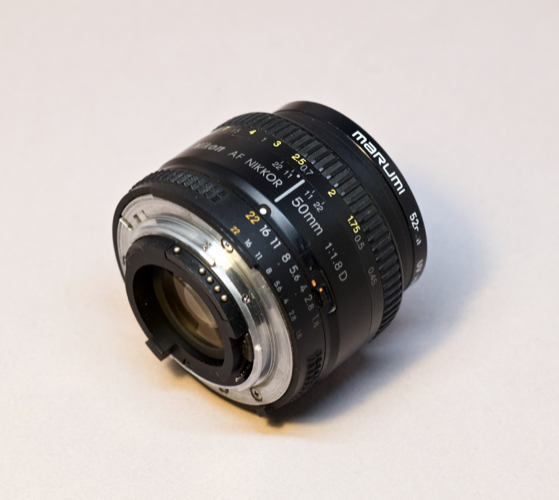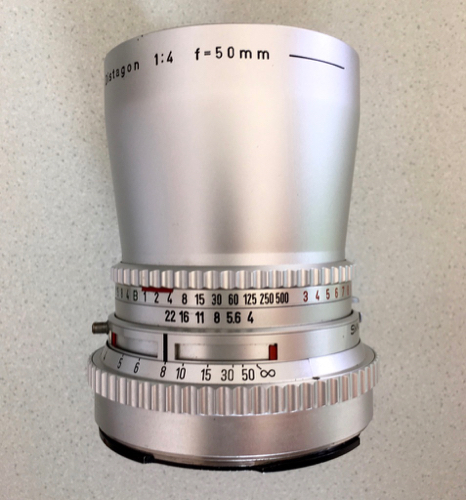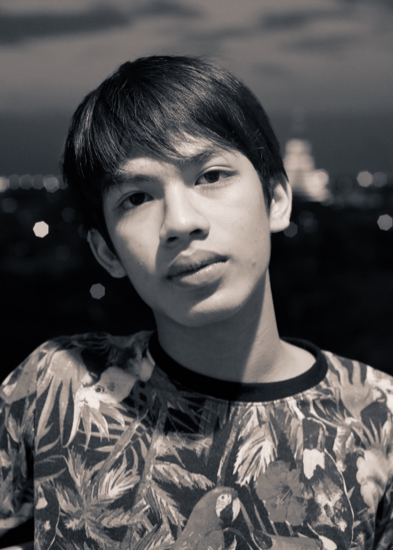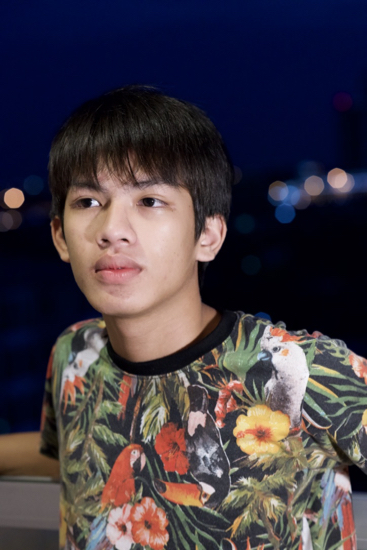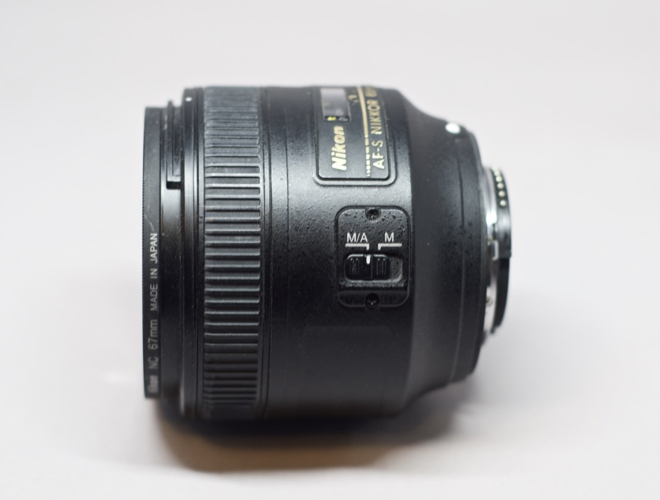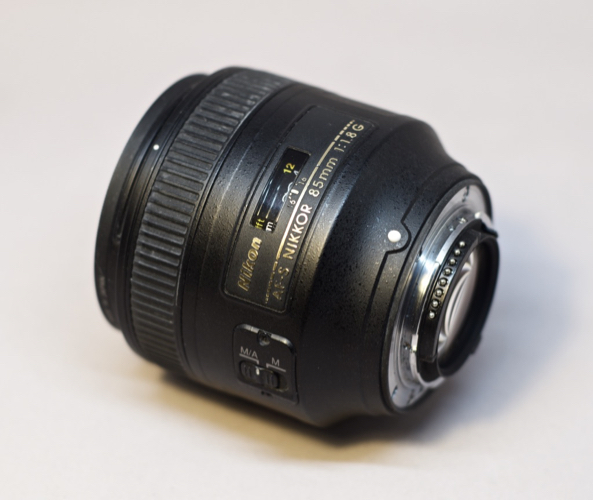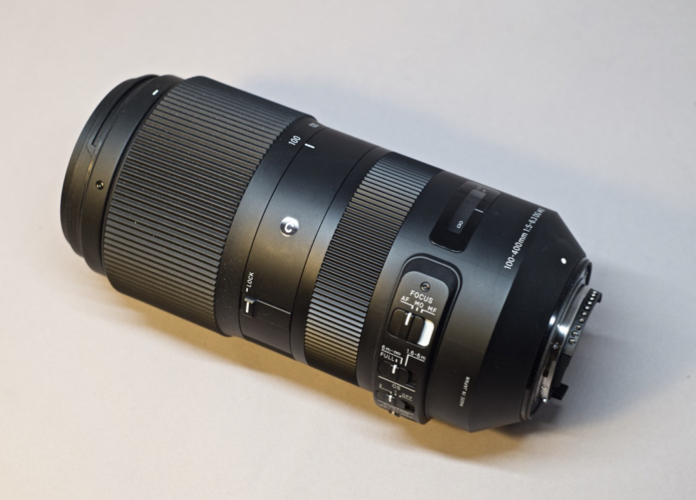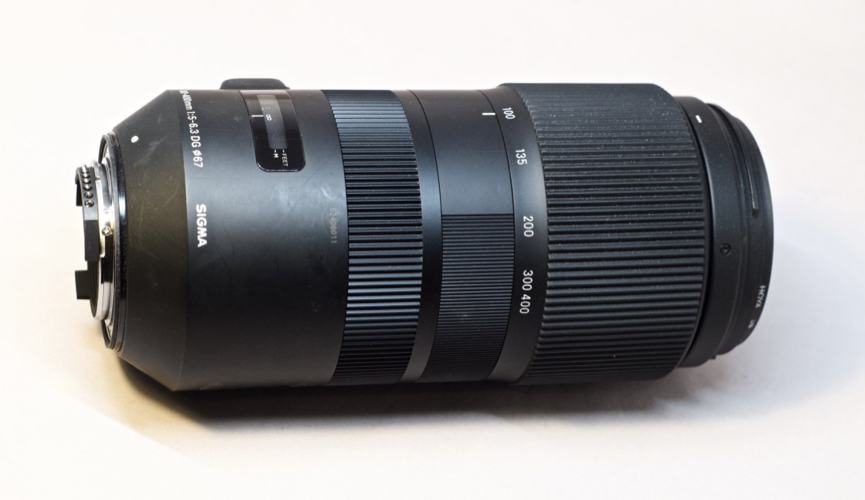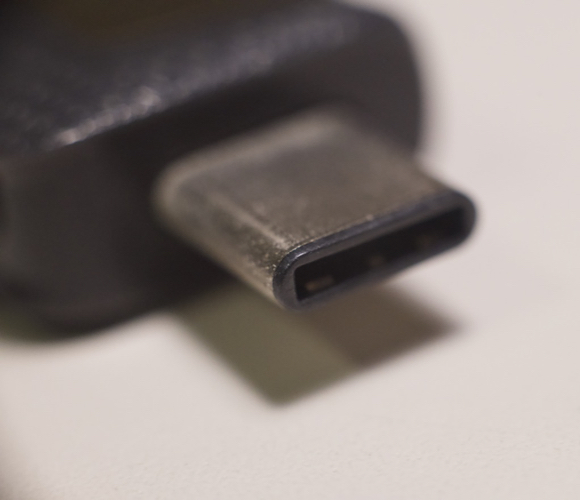|
|
Rethinking Photo Workflows (7): Prime Lenses, Telephoto Use and Extension TubesBy Graham K. Rogers
A question arose about a lens. I wanted to keep my prime lenses (24mm, 50mm and 85mm), so looked around for a lower cost alternative, deciding on Nikkor 35mm or 50mm, but gave him the choice. He had borrowed the D7000 in the past so was familiar with different lenses, but I outlined some basics before he tried in the camera shop and made a decision. I explain differences between lenses in a class I teach to engineering students, most of whom do not take good photographs, particularly of the equipment they use in their Senior Year projects. To demonstrate, I use tethering, so photographs are displayed onscreen almost as soon as they are taken. The computer is linked to an overhead projector so all in the class can see. It always produces moments when the penny clearly drops. The lens is usually designated by its focal length and this produces different effects in a photograph. A lens for a camera is not one piece of glass: better lenses have more internal lenses or elements. The more elements, the heavier the lens, so students are often surprised that the 24mm lens I have is much heavier than a telephoto lens I picked up cheap in Bangkok.
24mm Nikkor Lens
The 24mm lensThat 24mm lens is sometimes referred to as a wide-angle lens. There are wider lenses, but while these are useful for landscape photography, the lens can cause problems in some situations. One problem can be in a cityscape: buildings in the center of the shot will be vertical, but those to the far left or far right begin to lean inwards.
Another problem of the 24mmm feature set is that the lens is less suitable for portrait photography. To take a decent portrait, the camera (and lens) needs to be closer to the subject. This was explained to me as the air between lens and subject. If, for example, the nose is properly in focus, the ears may not be. Better for the purpose are 50mm or even 85mm lenses. You can get round this with the use of a telephoto lens in some cases, particularly in street photography with candid images, but a proper portrait should be taken close up.
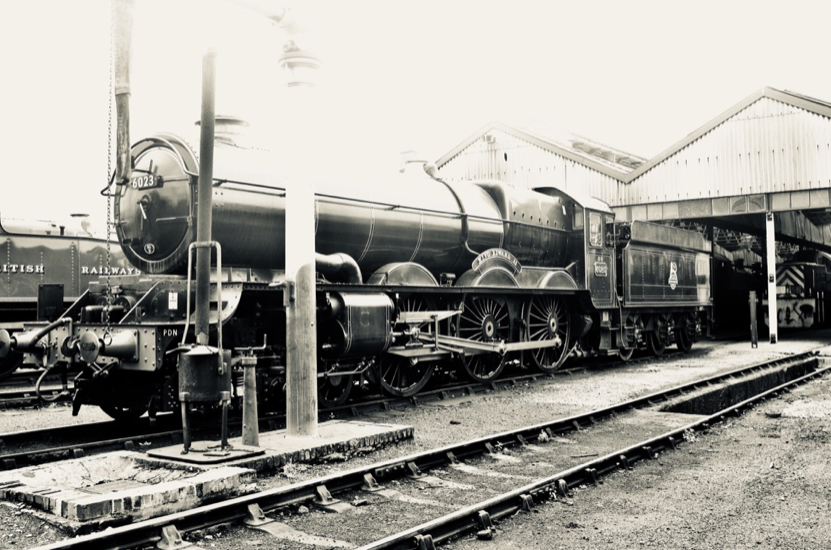
The 50mm lensI bought my 50mm lens as a stop-gap several years ago and use it often. I had seen a photographer using one and not long after I broke the adjustable kit lens that came with the D90 I had then. That 50mm Nikkor has stood me in good stead for several years and is a bridge between the 24mm and 85mm lenses I use. It can be used to take landscape photographs, but I found on a couple of occasions when my field of view (in a narrow street for example) was limited, that I had to resort to stitching software (like Hugin) for a better image. This is not the best solution but in some cases the 50mm will work for landscapes.
50mm Nikkor Lens
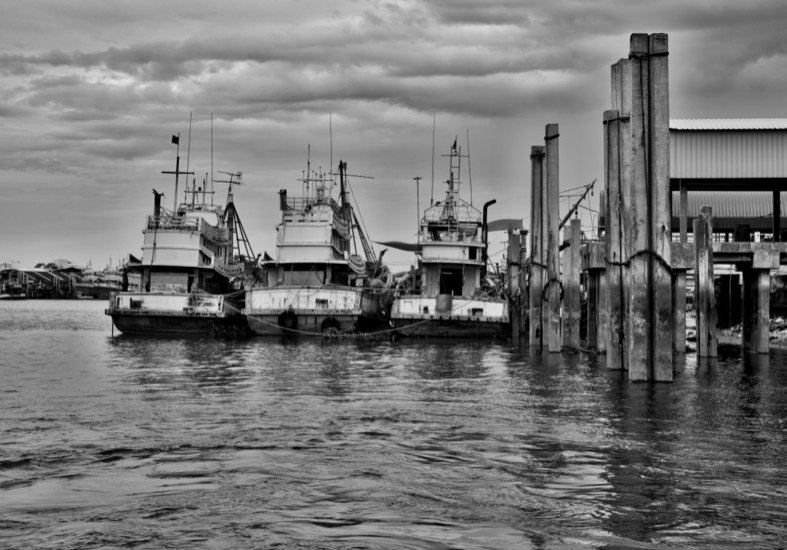
The use of such lenses may add to the frustration when taking photographs with film on such a camera, but it has also increased my abilities as I learn about settings values. A recent comment by Dominik Vanyi on DIYPhotography explains this ability to learn through mistakes as it forced to compose his photographs differently.
Hasselblad lenses: 50mm Distagon (left) and 85mm lens
Output from Nikkor 50mm lens (left) and Nikkor 85mm lens
The 85mm lensI was at a dinner a couple of years ago with a number of media people who worked in Bangkok, including a freelance photographer. When talking about taking photographs, I mentioned the use of a telephoto lens to take candid portraits. It was he who made the "air" comment and gave me some clues to taking better pictures of faces. He specifically mentioned the 50mm and 85mm lenses.
85mm Nikkor lens
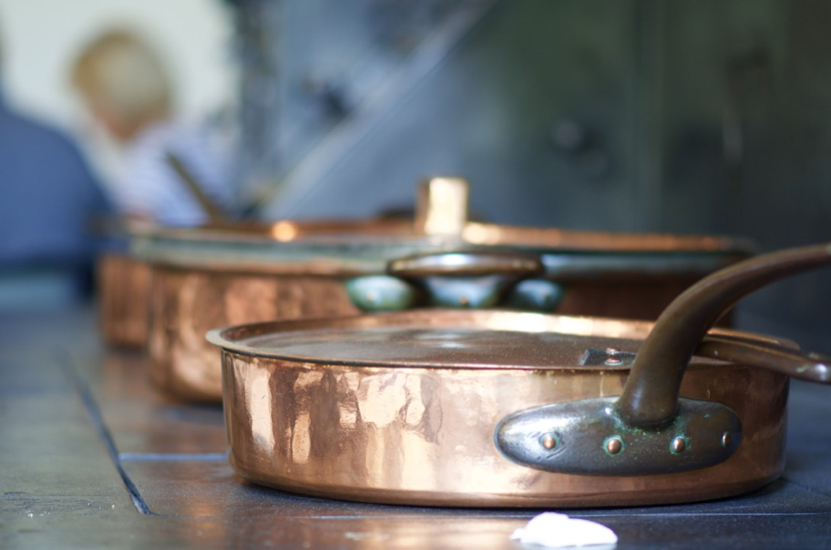
Output from 85mm Nikkor lens
Telephoto LensWhen I lived in the outer suburbs of Bangkok, the garden was visited by many monitor lizards, snakes and different bird types. I found the snakes quite defensive and it is not wise to approach closely: they have a limit. To try and deal with this and the fear of humans in birds, I bought a cheap telephoto lens, but the camera shake it induced did not always give me the results I was hoping for. I would love to take better photographs of birds and wild animals so when I saw mention of a 18-400mm lens in an online discussion, I started to look. I decided that the lower end would overlap with lenses I already had, so widened my search to lenses in the 100-400mm range, settling on the Sigma telephoto lens.
Sigma 100-400mm lens

Macro PhotographyIn a contrast from the use of a telephoto lens, macro photography seeks to move in closer to a small subject and requires a different approach. I do have some extension tubes which are used in macro photography. The idea being that the tube is placed between the camera and the lens (they are engineered for this), which increases the focal length and thus magnifies the subject.

Extension tubes
Images taken using the extension tubes
This type of macro photography does not reach the extremes that some photographers can produce with specialist equipment, like extreme closeups of plant biology or the eyes of insects. That is perhaps best explained by Marek Miś where examples of his equipment and the excellent output are shown.
CommentOver the years I have learned to take photographs that are better (I think), but I have to be my own worst critic. There is always room for improvement and understanding how the equipment works and its shortcomings is a long road. When I was younger I was put off of photography by family experts who used to lecture me on what settings were best in the situation. I have found that instinct is a better teacher, but this comes from that equipment familiarity and an understanding of ambient light conditions: experience.Using prime lenses is limiting: the lenses need to be suitable for the task. The results, however, are improved when the right lens is used for a situation. While editing and cropping may help, the initial photograph itself should not be a compromise. This is perhaps what I wanted my young friend to learn when I gave him the camera and 50mm lens. That will restrict his field when taking a photograph, but he will learn much in adjusting his approach to a subject.
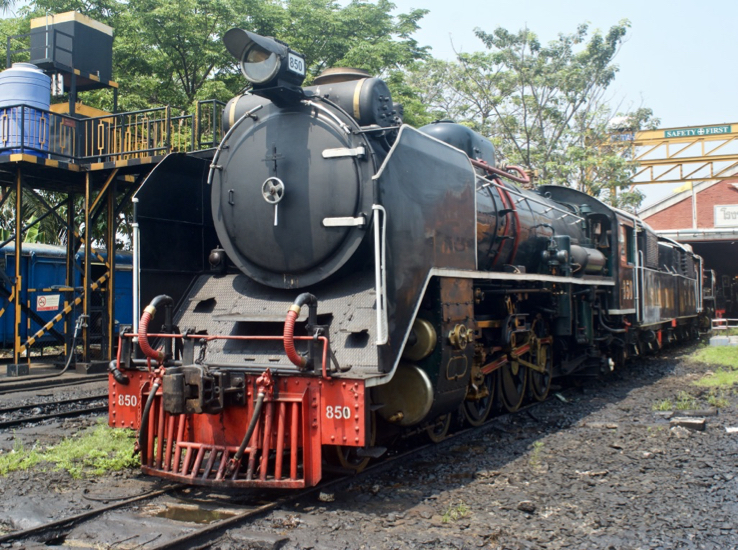
See also:
Graham K. Rogers teaches at the Faculty of Engineering, Mahidol University in Thailand. He wrote in the Bangkok Post, Database supplement on IT subjects. For the last seven years of Database he wrote a column on Apple and Macs. After 3 years writing a column in the Life supplement, he is now no longer associated with the Bangkok Post. He can be followed on Twitter (@extensions_th) |
|



